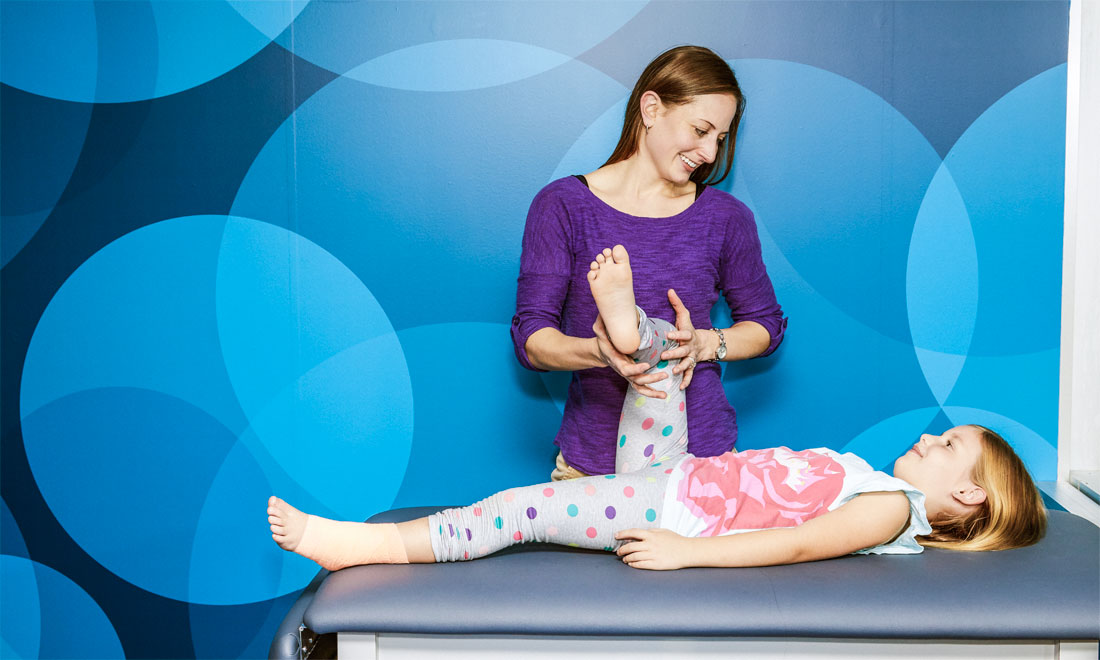Investigating the Varied Techniques of Physiotherapeutic Therapy for Enhanced Recovery and Rehabilitation
Investigating the Varied Techniques of Physiotherapeutic Therapy for Enhanced Recovery and Rehabilitation
Blog Article
Physical therapy is an essential discipline that helps people recover from injuries, operations, and various medical issues. It entails a variety of methods aimed to enhance movement, reduce pain, and boost general bodily function. Physiotherapy therapists are trained experts who assess each patient’s requirements and develop customized care plans. These plans often include workouts, hands-on therapy, and instruction about body movements. By using these varied approaches, physical can significantly enhance a patient’s quality of living.
One frequent technique used in physical is therapeutic activity. This includes specific movements and exercises that assist strengthen muscles, enhance range of motion, and increase endurance. For instance, a patient recovering from leg surgery may perform exercises that focus on rebuilding power in the lower limb muscle groups. These exercises are carefully selected based on the patient’s condition and objectives. By gradually boosting the difficulty and complexity of the exercises, physiotherapy therapists can help patients regain their strength and movement over time.
Another crucial method is hands-on therapy, which includes hands-on methods to adjust the body’s tender muscles and joints. This can entail stretching, joint movement, and massage. Hands-on therapy seeks to relieve discomfort, minimize inflammation, and improve blood flow. For instance, a practitioner may use light force to ease stress in tight muscle groups or to assist a joint function more freely. This technique is often combined with other treatments to enhance recovery and promote recovery. Patients often consider manual treatment to be a relaxing and effective way to control their discomfort.
In furthermore to exercises and hands-on therapy, instruction plays a crucial part in physical. Therapists teach clients about their issues and how to handle them efficiently. This may include advice on proper alignment, body mechanics, and strategies to avoid future traumas. For example, a therapist might show a client how to lift weighty objects safely to prevent straining their back. By empowering clients with knowledge, physiotherapy practitioners help them assume an active part in their recovery and encourage sustained wellness and well-being.
Ultimately, technology this website is increasingly being incorporated into physical methods. Tools such as sonography, electrical stimulation, and virtual environments can enhance conventional treatment methods. These tools can help alleviate pain, encourage recovery, and offer engaging methods for patients to engage in their rehabilitation. For instance, virtual environments can create engaging environments for clients to rehearse movements in a controlled and protected environment. As advancements continues to evolve, it provides exciting opportunities for improving rehabilitation results in physical.
In summary, physiotherapy encompasses a range of methods that work in unison to assist recovery and rehabilitation. Through therapeutic exercises, manual treatment, client education, and the application of technology, physical practitioners offer comprehensive treatment customized to each individual’s requirements. This holistic method not only assists patients regain their bodily capabilities but also empowers them to maintain their well-being in the long future. As more people acknowledge the advantages of physical, it remains to serve a vital role in the pathway toward enhanced health and well-being.